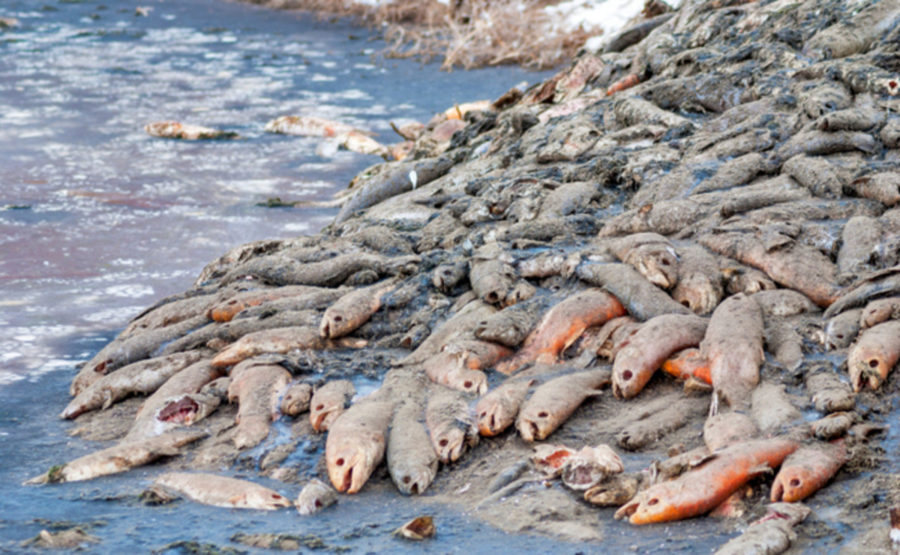Red Summer
May 22, 2019
Summer is coming fast, and with it comes a historic Floridian problem: red tide. This problem is what the 2018 election was run on; it’s solution–or lack thereof–will be Ron Desantis`s greatest issue for this year. Typically, environmental issues are more prioritized by Democrats, but many people don’t think it’s a problem worth stressing about at all. For Florida, this is not the case. Due to an economy that relies on tourism, fishing, and beaches, the effects of red tide are felt by most of Florida’s population. The question is, what will Desantis do about it? The answer is complicated.
Most politicians don’t have science majors, and Desantis is no exception. Desantis has put together a committee of experts on the subject to keep policy scientifically up to date. The committee will cooperate with organizations such as MOTE (a world renowned Marine Laboratory) which has 200+ researchers gathering data every day which is used to find working solutions for marine environmental problems. The combined data of MOTE and the FWC (Florida Wildlife Commission) will be taken into account by Desantis with every environmental decision he makes.
Red tide has gotten worse every year since the fifties, and the red tide of 2018 was a historical record high of marine deaths, and K. Brevis blooms. Many researchers say that the record-breaking highs of this year were an intense combination of all factors that caused/cause intense algae blooms like this one. According to Vincent Lovko, it was “a perfect storm kind of event where the salinity, temperatures, light saturation, chemistry, and currents all conspire to produce a bloom that may be blown to shore by the wind.”
What’s listed above are all natural factors that humans can’t really do anything about, so why are these blooms getting so bad just now? Some say that us humans are to blame. Algae, like any other living organism, need nutrients to survive–let alone thrive–to the extent that we’ve seen the K. Brevis algae (K. Brevis is the scientific name for the algae in question) do in recent years. The excess of nutrients may be due to to the runoff and death of another alga which is plaguing Lake Okeechobee. According to the Brand and Compton’s study, Lake Okeechobee struggles with Cyanobacteria which takes in nutrients from the atmosphere and runoff from large farms surrounding the lake. The Cyanobacteria leaks into the Caloosahatchee River and then into the gulf where it dies and serves as fuel for the growing red tide.
The sugar industry was recently criticized by Ron Desantis for their vast influence on Floridian politics. After this, he instructed water management to be more transparent on sugar farmers effects on the water, as it’s suspected to be a major factor in the record high algae blooms that we been seeing. In the past, Governor Rick Scott turned a blind eye to what big sugar farmers have done to the water, but Desantis has already started monitoring and restricting them to try and fix the problem. As a result, one of Rick Scott’s appointed water managers has resigned, and Ron Desantis has requested that the others do the same.
A trend of intense red tide is coming, and we as Floridians need to do all we can to protect our waters, and by extension, our way of life. The governor is doing what he can, but every penny that goes towards organizations like MOTE and FWC will help to protect our precious marine life against threats such as red tide. Anyone can contribute to the cause by donating just a dollar or two to any of these organizations. Red tide affects us all as Floridians, and the best way to help is together.








